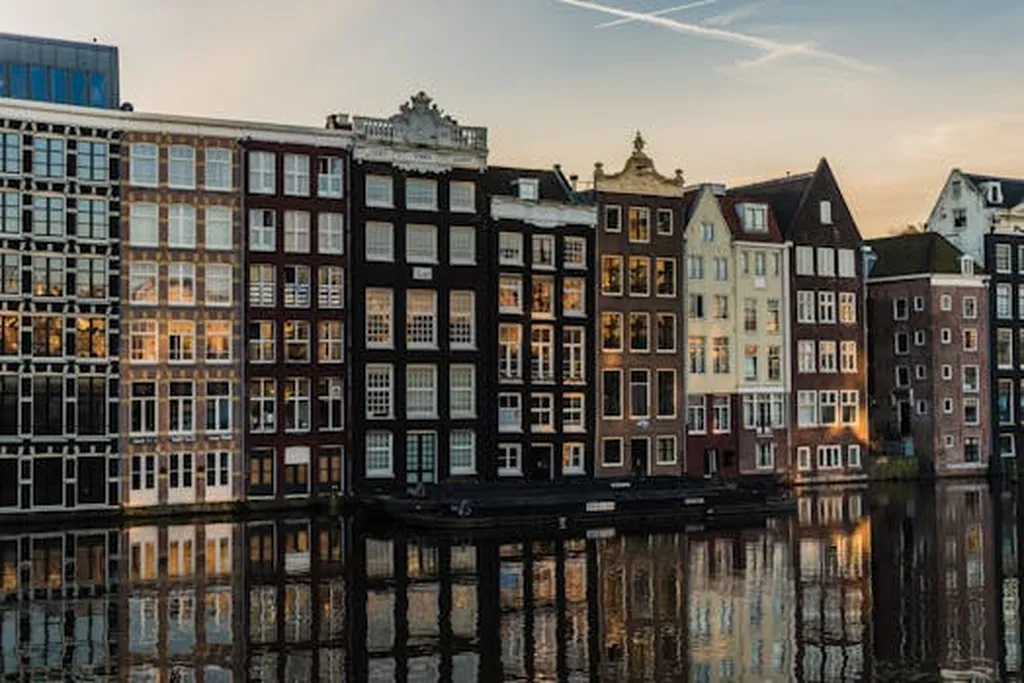In the heart of Spain, an ancient waterway is undergoing a modern transformation, blending heritage conservation with cutting-edge sustainability practices. The Canal de Castilla, once a vital transportation artery, is now at the center of a multidisciplinary study led by Ángel Mariano Rodríguez-Pérez from the University of Huelva’s Department of Mining, Mechanical, Energy and Construction Engineering. Published in the journal *Advances in Building Education* (translated as *Advances in Construction Education*), this research explores how the canal can serve as a blueprint for sustainable development, offering valuable insights for the energy sector and beyond.
The Canal de Castilla, a UNESCO-recognized hydraulic heritage site, is no longer just a relic of the past. It has evolved into a multifunctional resource, integral to water management, agriculture, cultural preservation, and sustainable tourism. Rodríguez-Pérez and his team have developed a methodological framework that combines engineering approaches, digital tools, thematic mapping, and participatory planning to address the canal’s current challenges and future opportunities.
One of the study’s key findings is the strong acknowledgment of the canal’s cultural significance among local residents. Survey results from 120 residents in the municipality of Alar del Rey reveal broad support for participatory governance and a clear prioritization of heritage preservation alongside sustainable tourism initiatives. “The community’s engagement is crucial,” Rodríguez-Pérez emphasizes. “Their insights and preferences guide us in creating a sustainable and inclusive development plan.”
The study also highlights the growing societal awareness of sustainability, with preferences for preventive maintenance and renewable energy integration. This shift in perspective presents a significant opportunity for the energy sector. By integrating renewable energy solutions into the canal’s infrastructure, the project could serve as a model for sustainable energy practices, demonstrating how historical sites can be revitalized with modern, eco-friendly technologies.
Beyond its immediate benefits, the research underscores the educational potential of the canal. Rodríguez-Pérez envisions the Canal de Castilla as a living laboratory for teaching engineering, architecture, and environmental studies. “This is not just about preserving the past,” he explains. “It’s about using the past to innovate for the future. The canal can be a dynamic educational tool, promoting active methodologies and project-based learning in higher education.”
The implications of this research extend far beyond the canal itself. As the world grapples with the challenges of climate change and sustainable development, the Canal de Castilla offers a compelling case study in balancing heritage conservation with modern innovation. For the energy sector, the project highlights the potential of integrating renewable energy solutions into historical infrastructure, paving the way for similar initiatives worldwide.
In the words of Rodríguez-Pérez, “The Canal de Castilla is more than just a waterway. It’s a symbol of our past and a beacon for our future. By embracing sustainability and community engagement, we can transform this heritage site into a model for sustainable development, inspiring similar projects around the globe.”
As the Canal de Castilla steps into the 21st century, it stands as a testament to the power of innovation and community collaboration. This research not only supports the physical rehabilitation and functional revitalization of the canal but also contributes to educational innovation, promoting active methodologies and project-based learning in higher education. In doing so, it sets a precedent for how we can preserve our heritage while building a sustainable future.

